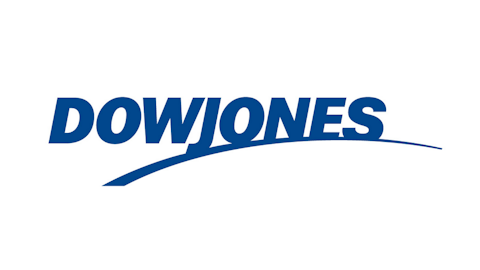Obesity in the U.S. is a growing problem in more ways than one.
The U.S., which ranks as the most obese nation in the world according to the Organization for Economic Cooperation and Development, has seen a relatively steady increase over the past couple of decades in obesity rates which brings with it the potential for added health complications like cardiovascular disease, diabetes, and even cancer. More so, the amount of resources being devoted to treating obesity and obesity-related complications is soaring. Based on figures from a study from Cornell University in the Journal of Health Economics published last year, obesity costs accounted for 21% of all health expenditures in the United States.
The scope of this problem is particularly evident in the nation’s most obese states. In a recent Gallup poll conducted in collaboration with Healthways, Inc. (NASDAQ:HWAY), the following seven states were determined to have the highest obesity rates:
Source: Gallup.
More of the same
As you can see, there are some identifiable similarities here, as we saw with the seven least obese U.S. states. Whereas many of the least obese states were located in the West or in New England, the most obese states tend to be located in the South or Southeastern United States.
Here, we also have a mixture of culture — a reliance on deep-fried foods and food high in fat content — and socioeconomic status making up the bulk of the reasoning behind the belt-widening status of these states. According to data from the U.S. Census Bureau averaged over a three-year period, Mississippi, Arkansas, and Tennessee (all among the most obese states) were the first, second, and third lowest in terms of median household income. With fewer nutritious food choices available to the typical family in these states, fast-food restaurants have thrived.
As a compassionate group of people, we’d all love to see these figures beginning to reverse, because it would result in lower cumulative health-care costs, less strain on the health-care system, and an overall healthier population. For pharmaceutical and biotech companies, however, the opportunity to manage obesity and its related complications is poised to be undeniably profitable for decades to come.
The battle over obesity
Two names in this space that made big waves last year are anti-obesity-drug makers Arena Pharmaceuticals, Inc. (NASDAQ:ARNA) and VIVUS, Inc. (NASDAQ:VVUS). Arena Pharmaceuticals, Inc. (NASDAQ:ARNA)’s Belviq was approved in June — just weeks before VIVUS’ Qsymia — but its debut has been on hold because of drug labeling by the Drug Enforcement Agency. The good news for shareholders here is that the DEA found the potential for abuse to be relatively low for Belviq, and it’s expected to be on pharmacy shelves in as early as two weeks.
VIVUS, Inc. (NASDAQ:VVUS)’s Qsymia has been available since September, but sales haven’t exactly shot out of the gate. Partly to blame was that insurers have been slow to latch onto covering these chronic weight-management drugs, and few users are willing to pay for the medication out of pocket. From a clinical standpoint, Qsymia delivered better results with regard to weight loss relative to Belviq, but Belviq presented the more favorable safety profile of the two. This could be a case where it takes years to determine which drug is better. But that may not matter in the end, as the patient pool is certainly big enough to accommodate both drugs.
Complications matter, too!
Health-care companies aren’t just targeting chronic weight-management drugs; they’re positioning themselves to deal with what will assuredly be a growing number of complications. In this same Gallup poll, the seven most obese states were also the seven states polled to have the highest blood pressure (not necessarily in the same order as listed above), while six of the seven states appear in the top 10 in terms of highest rate of diabetes.



